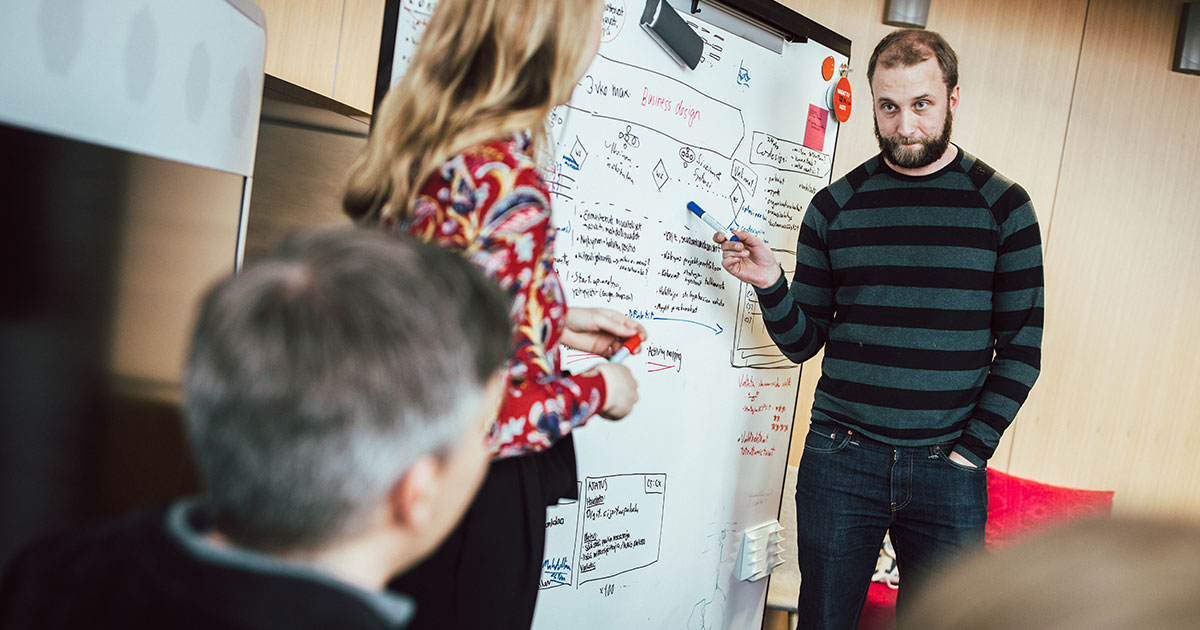Let’s explore for a moment how to improve communication and collaboration. You might have noticed how the level of collaboration may change during a meeting. Have you ever thought about what triggered the change for the better? Alistair Cockburn has collected a set of specific actions we can take to improve collaboration on a minute-by-minute basis. Alistair has grouped these actions into four categories, where the first and most important is “Lift others” which has the following actionable guidelines:
- Lower your relative social position
- Recognise others
- Inquire, don’t contradict
- Challenge but adopt
I agree with this set of guides. However, I also think that for this to work, you have to be present and actively listen. Genuine listening is kind of like a prerequisite for these guidelines. Yes, sounds simple, and yet, it’s not easy. How many times have you caught yourself listening to respond, instead of listening to understand? How many times have you found yourself thinking about your agenda when someone else is talking to you?
Reaching consensus through genuine listening and generosity
Alistair Cockburn visited Solita in May 2022 and told how it was when the manifesto for agile software development was created. As he explains in the video, he didn’t appreciate the success factors, genuine listening, and generosity, in making the manifesto at that time, but has come to acknowledge and respect the factors in retrospect. The success wasn’t guaranteed as he describes. There was a group of passionate software professionals with entirely different backgrounds and strong opinions. Many of the group didn’t even know each other before they met in Snowbird, Salt Lake City.
“We were 17 people, who didn’t know each other. How do you make the first decision, how do you create the agenda? It was a scary moment. There could have been a lot of fighting between men with big egos.“ – Alistair Cockburn
Yet, the listening and generosity that was in the room were incredible according to Alistair. This was something that some participants had learned in the patterns community. No one was alone in charge of the agenda but everyone was together. XP people just took index cards out of their pockets and wrote ideas to talk about on them. During the day, every principle in the manifesto was discussed back and forth, and “roman voted” until everyone was happy.
The manifesto is over 20 years old and was primarily medicine for hostile environments, for custom projects where there were business buyers and IT vendors with “us vs. them” mentality. If the manifesto was created now for modern product-focused companies, it might look a bit different. Still, the manifesto as it stands is relevant and has lasted well. One could say that these 17 professionals manage to create something very valuable. This is why collaboration, and hence, listening, is at the heart of agile.

